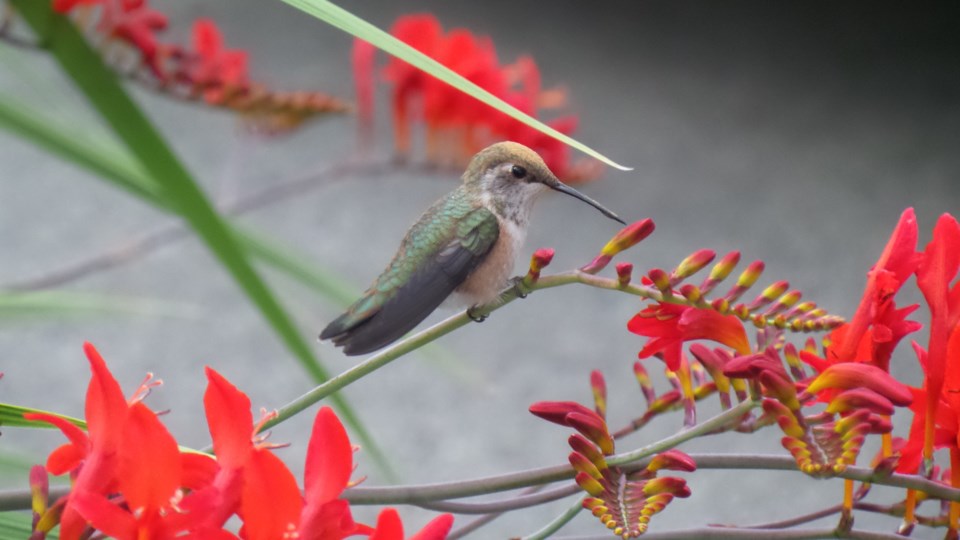Dear Editor,
Re; “Tiny birds go humming along despite winter’s chill,” Voices, Dec. 7.
The above article, in my opinion, would benefit from some corrections and additions:
a) The bird in the photograph is not an Anna’s Hummingbird, but is more likely a Rufous or Allen’s Hummingbird. According to Sheri Williamson, author of the Peterson Field Guide to Hummingbirds and the person I trust most with identification, Anna’s never have rufous coloration in their plumage, as the one pictured clearly does (on its flanks).
b) Near the end of the article, the author says she uses a 1:2 ratio of sugar to water in the winter.
We recommend against this. The highest sugar content I have ever seen measured in a hummingbird flower is 1:2.6; the highest we recommend is 1:3. The problem, according to the late Professor William A. Calder, is that a hummer needs enough water with the sugar to metabolize the sugar.
Super-rich concentrations like that suggested by the author may make it more convenient by lowering the freezing point, but it is probably not doing the hummingbird a favour, because it lacks sufficient water.
I would like to suggest a simpler way to deal with temperatures low enough to freeze a feeder (usually 27°F or lower): keep two feeders ready, one inside and one outside. Then, first thing in the morning you can swap them — no need to run hot water over the frozen one.
The photo with the article, by the way, is superb. I wish our crocosmia looked as good in the winter!
(Dr.) H. Ross Hawkins
Founder and executive director
The Hummingbird Society
Sedona, AZ
(Editor’s Note: Wild Bird Unlimited recommends a sugar water ratio of 1:4 in summer and 1:3 in winter. The organization also recommends washing the feeder every three to five days.)



